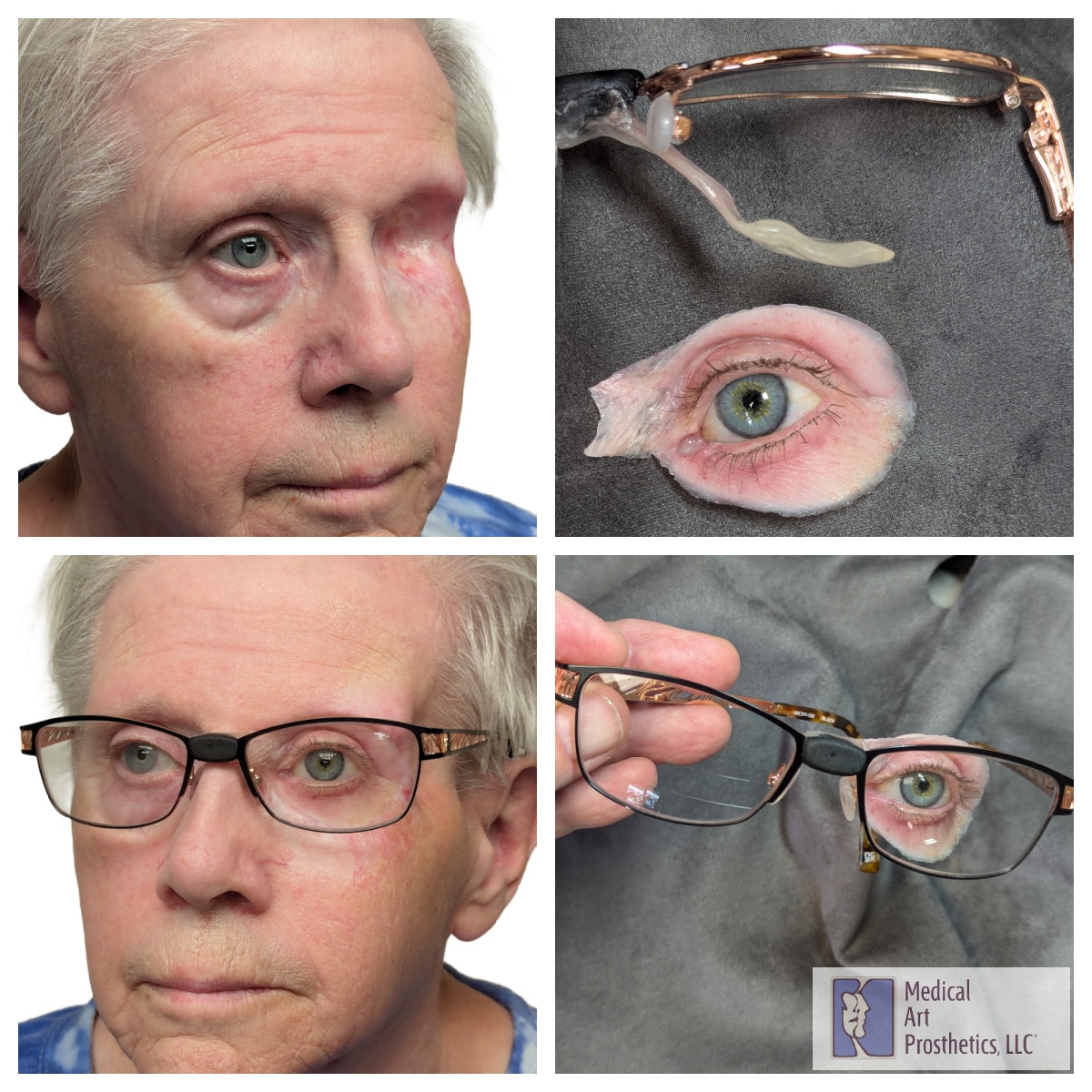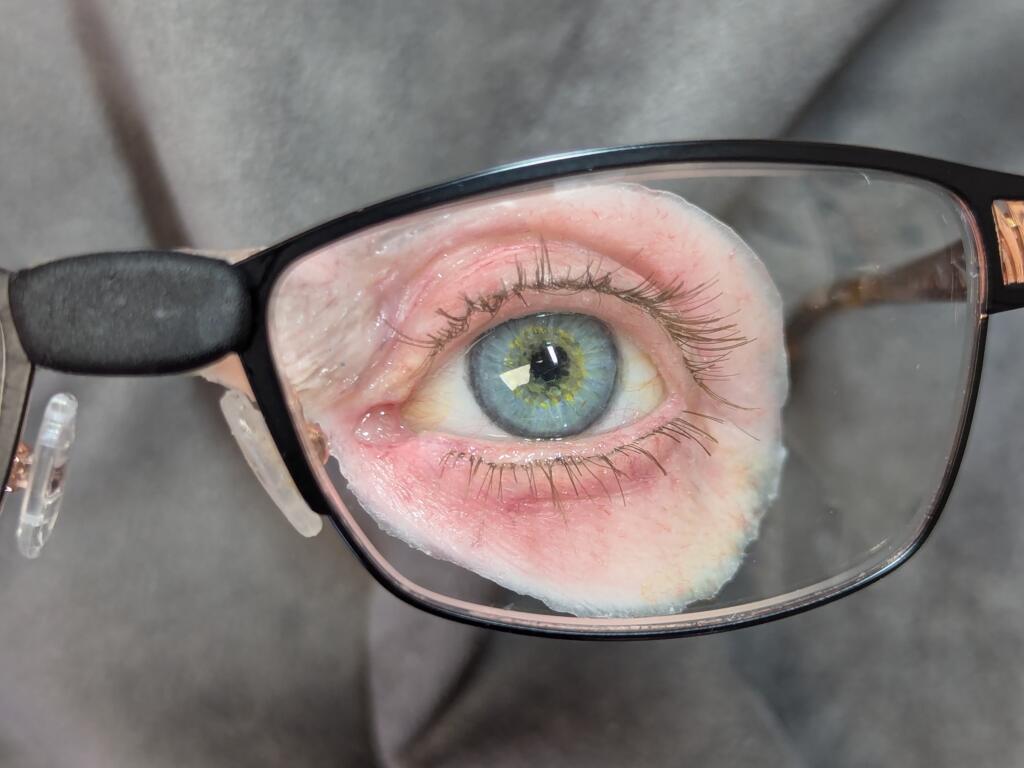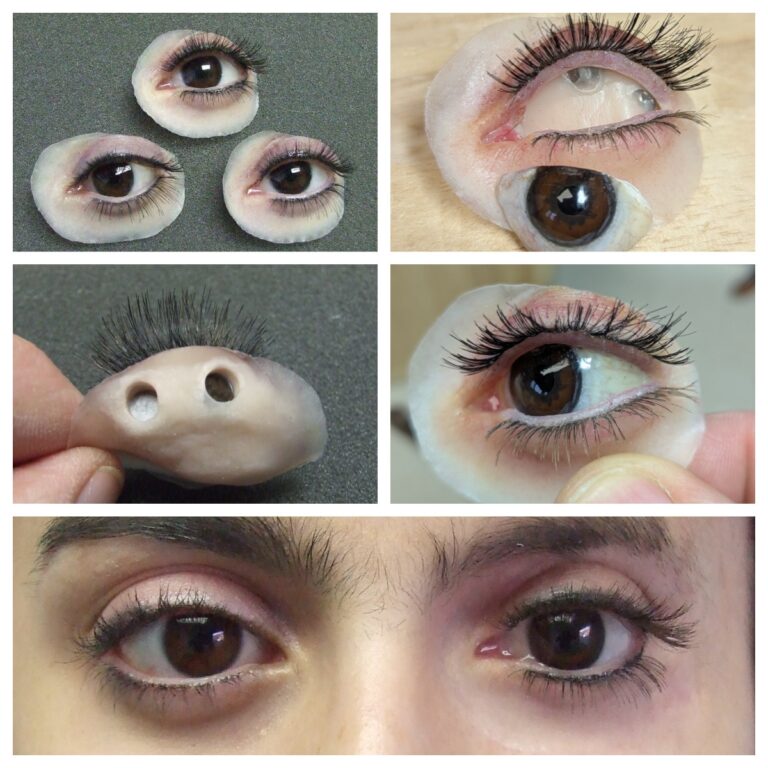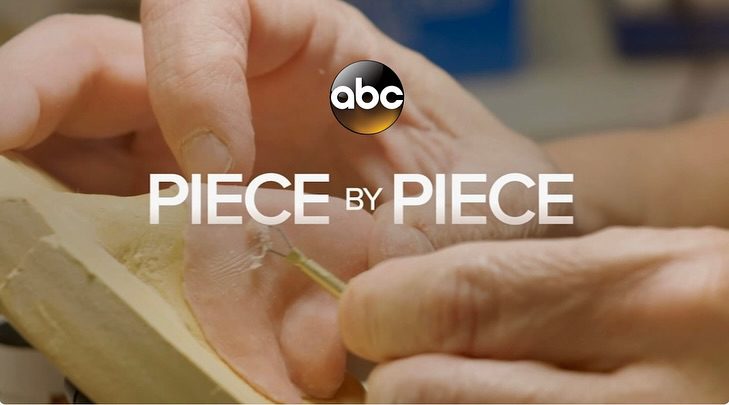Eye Surgery Removed Her Eye, but with Lifelike Eye Prosthesis She has 2 Eyes Again!
Cancer tumors near the eye may necessitate surgical removal, sometimes requiring an orbital exenteration, which involves removing the eyeball and surrounding tissue, leaving a depression. A patient benefited from excellent surgical care and was referred to a Medical Art Prosthetics anaplastologist. This team comprises the only national network of six anaplastologists across eight U.S. locations, specializing in lifelike facial prosthetics, including orbital or oculofacial prostheses.
Restoration of the eyeball, or globe, along with surrounding tissue, uses high-quality acrylic for the eye and medical silicone elastomer for the eyelids and cheek. Anaplastologists often collaborate with board-certified ocularists to fit artificial eyes into enucleated sockets, but they also create both the eye and orbital components when eyelids are absent. More information on the orbital techniques developed by our anaplastologists can be found in published prosthetics and surgical texts edited by Robert McKinstry, DMD, and Stephen Bosniak, MD.
How the Eye Loss Patient Comes to Us and How We get Started
It all began when our patient was referred and we made an impression and a model of her orbital area contours. Then we tried on our wax prototype which was sculpted by hand to match the eyelid opening and shape of the unaffected side. Sometimes we use scanning and 3D printing on projects to streamline design processes, but the last lifelike details for the orbital prosthesis like wrinkles, skin folds, and eye bags are almost always painstakingly sculpted by hand using old fashioned prosthetics tools.
A Special Oculofacial Prosthesis Retention System to Make Her Life Easier
It always works our best when the patient and our anaplastologist work as a team. Mary she was very patient and pleasant to work with through the design of her orbital and eye prosthesis. That was even more important because we designed a special orbital prosthesis technique that took an extra appointment or two. Rather than provide her orbital prosthesis with a bottle of adhesive and instructions, we made a custom plastic armature that attaches the orbital prosthesis to her eyeglasses. This way she needs no glue! She can just put her glasses on and presto, the prosthesis is already perfectly positioned.
A Frightening Cancer and Eye Surgery Journey Ends with a Happy and Successful Eye Prosthetic Outcome
Mary confidently wears her glasses-retained lifelike prosthesis, which hides her eye loss and minimizes attention from others. Regular cleaning is crucial, but it’s made easy for her; she simply lubricates the silicone prosthesis with soapy water for effortless removal and cleaning. This method is ideal when osseointegration magnetic attachments aren’t suitable and when patients prefer to avoid adhesives.





